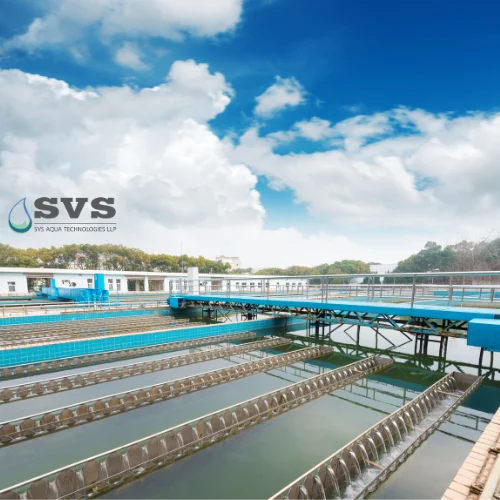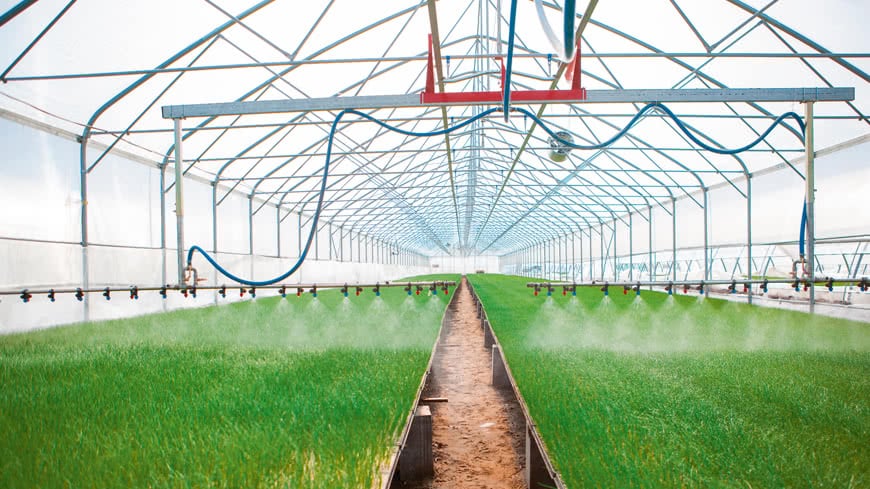WHY ARE CHLORINE DIOXIDE TABLETS USED IN SEWAGE WATER TREATMENT?

CLEAN WATER WITH CHLORINE DIOXIDE TABLETS
Chlorine dioxide tablets are effective against bacteria, viruses, and parasites, making them ideal for water purification. They’re portable, easy to use, and suitable for homes, farms, and off-grid areas.
BENEFITS
- Kills E. coli, Cryptosporidium, and other pathogens
- Portable and easy to use
- Long shelf life
Best Water Purification Tablets: Effective and reliable options available
WHY WATER DISINFECTION MATTERS
Contaminated water can spread diseases like:
- Typhoid
- Dysentery
- Hepatitis A & E
- Salmonella
- Guillain-Barré Syndrome (GBS)
In some cases, these infections can cause serious health issues, including nerve damage and respiratory failure. Disinfecting water before use is essential to prevent these risks.
ADVANTAGES OF CHLORINE DIOXIDE TABLETS
The following explains why chlorine dioxide tablets are a popular option for purifying water:
- Strong Disinfection
Bleach is 2.6 times weaker than chlorine dioxide. It efficiently eliminates viruses, bacteria, and protozoa. - Suitable for All Types of Water
Even when there is organic matter present or the water has a high pH, these tablets continue to work. - No Negative By-Products
Chlorine dioxide doesn’t produce harmful byproducts like THMs or HAAs like chlorine does. - Residual Protection
It continues to function in tanks and pipes, assisting in the prevention of bacterial regrowth.
Economic and Ecological They are inexpensive, simple to use, and appropriate for both home and large-scale systems.
CHLORIINE DIOXIDE TABLET FOR RURAL AND WELL USE
Using chlorine tablets for well to disinfect is crucial if you use well water. Compared to conventional chlorine, chlorine dioxide tablets are safer and more efficient. They offer prompt and dependable protection, particularly in locations where the water source might come into contact with organic materials or animal feces.
SVS AQUA: WATER DISINFECTION SPECIALISTS
Our specialty at SVS AQUA is offering the best water purification tablets for a variety of applications, including drinking water, sewage treatment, industrial, and agricultural settings.
WHY PICK US?
Providing services to nations such as the United States, United Arab Emirates, Indonesia, South Africa, and more
- ✅ FDA and EPA-compliant chlorine dioxide tablets
- 💡 Tailored solutions for communities and industries
- 🧪 Owner of a Government of India patent (No. 386338) for in-situ ClO₂ generation
Our product, CHLORITAB, offers a high-performing, environmentally friendly, and safe water treatment solution.
Access to clean water shouldn’t be considered a luxury. Chlorine dioxide tablets for water purification make it simpler, quicker, and more efficient than ever to treat well water or sewage. Our chlorine dioxide water purification tablets are a reliable option for any size business, rural home, or operation.
Choose chlorine dioxide tablets for a safe and healthy water solution!
Must Read

Why Chlorine Dioxide is the Best Disinfectant for Swimming Pools
Disinfection & Hygiene

CDD 5000 In Horticulture: A Technology Review
Chlorine Dioxide Applications
